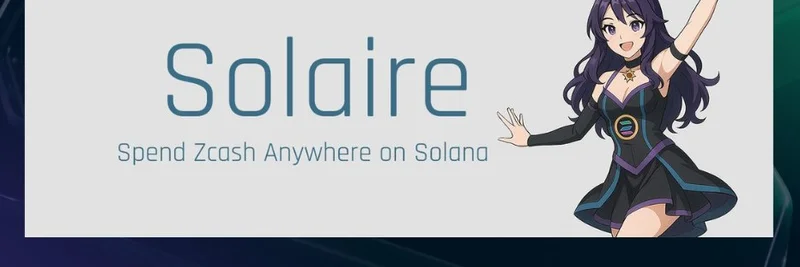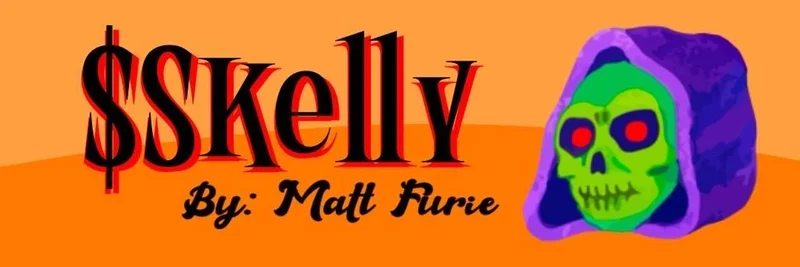Hey there, meme token enthusiasts and blockchain buffs! If you’ve been keeping an eye on the crypto space, you’ve probably heard of Solana—a high-speed blockchain that’s taken the decentralized world by storm. But did you know that a single developer’s frustration with a programming language could have changed its entire trajectory? That’s the story behind Armani Ferrante and his game-changing creation, Anchor. Let’s dive into the buzz around a recent tweet from chase 📱 that’s got the community talking!
The Tweet That Started It All
On July 26, 2025, at 09:32 UTC, chase dropped a heartfelt shoutout to Armani Ferrante with this gem:
"Congrats @armaniferrante You changed the lives of millions of people on the internet by hating RUST just enough to make it a little bit better 🙏"
This post quotes an earlier thread where chase credits Anchor—Ferrante’s brainchild—as a key reason Solana became the app development powerhouse it is today. The tweet’s playful tone hides a deeper truth: Anchor didn’t just improve a language; it built a bridge that transformed a blockchain.
What Is Anchor, Anyway?
For those new to the blockchain scene, Anchor is a framework that makes it easier for developers to write smart contracts (those self-executing programs on a blockchain) on Solana. Solana uses Rust, a super-fast and secure programming language, but Rust can be tricky for newcomers. Armani, it seems, wasn’t a fan of Rust’s steep learning curve. So, he created Anchor to simplify it, acting like a friendly guide for developers migrating from other ecosystems like Ethereum’s Solidity.
The GitHub page for Anchor calls it “the most popular framework for Solana programs,” and that’s no exaggeration. It generates tools and documentation automatically, saving devs time and letting them focus on building cool projects—like meme tokens or DeFi apps!
Why Anchor Matters to Solana’s Success
Chase’s thread digs into the “what if” scenario: without Anchor, would Solana have attracted the flood of app developers it needed to grow? He argues that Anchor’s Rust bridge was a top-three factor in Solana’s app layer success, which in turn fueled its rise in the crypto world. By making development smoother, Anchor onboarded devs who brought their networks, projects, and innovations—creating a ripple effect that’s still felt today.
Think of it like this: Solana is a high-speed highway, but Anchor is the on-ramp that got more cars (developers) onto it. Without that on-ramp, the highway might have stayed empty!
The Human Impact
Chase’s tweet highlights something bigger: Anchor didn’t just help Solana—it changed lives. Millions of people now use apps built on Solana, from trading meme coins to exploring decentralized finance (DeFi). Armani’s “hate” for Rust’s complexity turned into a constructive push that empowered a global community. Pretty cool, right?
What This Means for Meme Token Fans
At Meme Insider, we love spotting trends that could shape the meme token universe. Solana’s developer-friendly ecosystem, boosted by Anchor, is a hotbed for creative projects. If you’re a blockchain practitioner or just a meme coin enthusiast, keeping an eye on tools like Anchor could give you an edge in understanding the next big token launch.
Final Thoughts
Armani Ferrante’s Anchor is a testament to how a single innovation can spark a blockchain revolution. Chase’s tweet captures the gratitude of a community that’s reaping the rewards. So, next time you’re trading a Solana-based meme token, tip your hat to the developer who made it all a little easier. Got thoughts on this? Drop them in the comments—we’d love to hear from you!



